Airport type Military (temporary) Elevation AMSL 29 ft / 9 m 8,000 2,439 Code DUR | 06/24 8,000 2,439 Paved Elevation 9 m | |
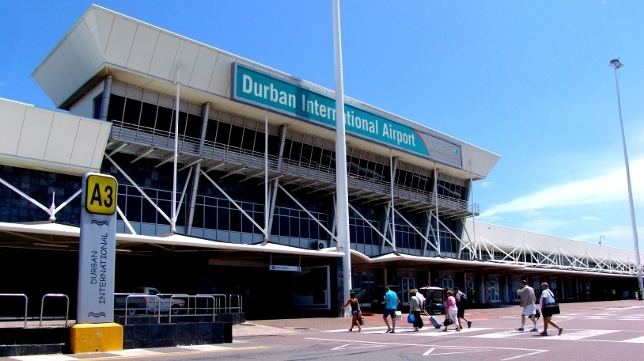 | ||
Durban International Airport (formerly Louis Botha Airport) was the international airport of Durban from 1951 until 2010, when it was replaced by King Shaka International Airport, 60 kilometres (37 mi) to the north. The airport is co-located with AFB Durban.
Contents

History
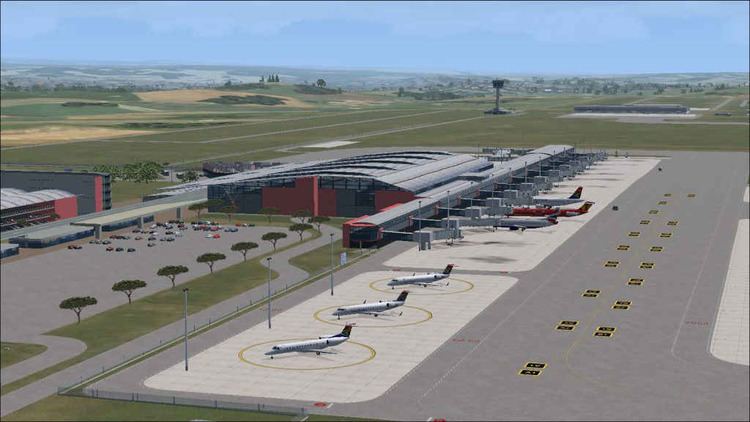
The airport was opened in 1951, replacing the Stamford Hill Aerodrome. The original name of the airport was Louis Botha International, named after the South African statesman. The airport maintained this name until 1994 when the political changes that came with that year in South Africa resulted in a change of name to Durban International Airport. While the airport served the domestic market well, the airport suffered from low international passenger numbers and a runway that was too short for a fully laden Boeing 747 to take off. Due to the short runway and the hub and spoke policy that was adopted in the 1990s (favouring OR Tambo International Airport in Johannesburg), Durban lost almost all of its international traffic.
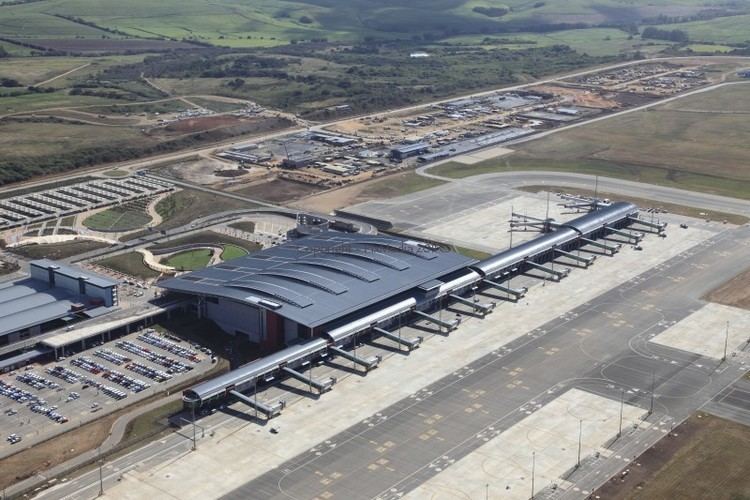
Plans to move the airport to La Mercy, approximately 60 kilometres (37 mi) north of Durban International Airport, were proposed and shelved numerous times between the 1970s and 2007, before construction of what was to become King Shaka International Airport began in September 2007. Construction of the new airport was completed in 2010, with Durban International Airport handling its final flight on 30 April 2010 and all flights transferring to King Shaka International Airport in a single, overnight move.
Accidents and incidents
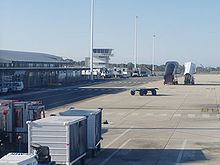
Plans
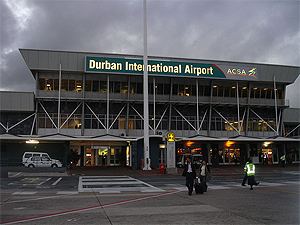
The airport was used by the South African Air Force and the Police Air Wing during the 2010 FIFA World Cup, before being decommissioned.
Although it is currently unclear as to what the future usage of the airport site will be, it is widely expected that the site will be used for future industrial development. The site is located on a large parcel of flat land in the Durban South Industrial Basin, which is already home to much of the city's heavy industry; given Durban's generally very hilly terrain, such a large, flat parcel is ideal for future industrial development, port expansion, or both.
No provision was made during the planning and construction of KSIA to accommodate the South African Air Force base at DIA, thus AFB Durban, 15 Squadron and related support units are still operating from this airport.
